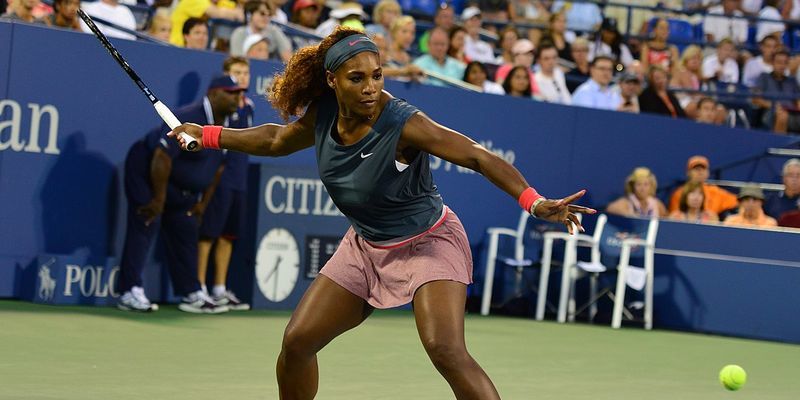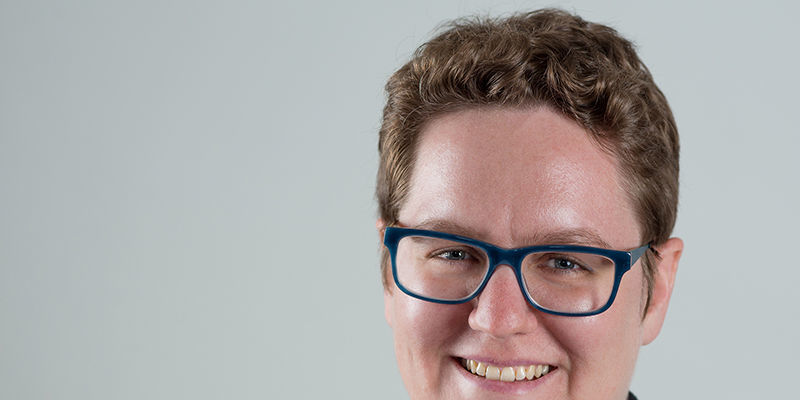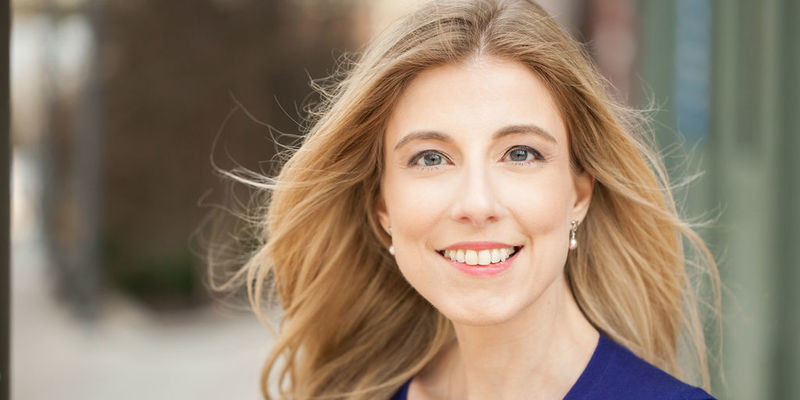‘The Lord of the Rings’ and ‘Game of Thrones’ bring us back to medieval times. But how accurate are they?
Carissa Harris, associate professor of English, explains the allure of these fantasy series and how they depict the Middle Ages.

Some may say winter has come early this year with HBO Max’s release of the Games of Thrones prequel House of the Dragon and our return to Middle-earth with Amazon Prime’s The Lord of the Rings: The Rings of Power. While these highly anticipated shows are already being pitted against each other, both transport us to mystical worlds.
We spoke with Carissa Harris, associate professor of English, about the appeal of these medieval-influenced series and whether they accurately reflect this period. Harris teaches and researches gender and sexuality in medieval literature and culture, analyzing sexual education, violence and consent using a Black feminist approach.
Temple Now: Why do you think these prequels are being made and released now?
Carissa Harris: Right now in particular, there’s a desire to imagine a world and reality completely different from our own as a form of escapism. These types of shows more broadly allow us to feel more progressive and together by comparison. This kind of content gives us that sense, even though it’s not necessarily accurate. But people want to see these stark differences between then and now.
For example, we look at the gruesome childbirth scene in House of the Dragon, and think ‘oh, that’s so medieval’ and feel glad that we didn’t live back then and that we don’t all die during childbirth, when in reality many people, especially Black women, do. By focusing on the depiction of childbirth violence then, we’re not thinking about our own maternal mortality rate and reproductive rights and justice. It distracts and detracts our attention from what’s happening in our own country and time.
TN: Why are these companies willing to spend millions of dollars on this type of medieval-influenced content?
CH: When you make these kinds of shows, you need everything to fit an audience’s particular image of that time. It’s important to remember that these shows are fantasy and not medieval, but because they have medieval elements, we think of them as medieval. What’s always so interesting to me is that characters wear medieval costumes in this fantasy rather than ancient Greek or Roman or classical attire. People want to see the fabulous robes, jewels, crowns and armor—all of those trappings we associate with the medieval period, even though what’s taking place in these shows is not actually medieval and not what would have necessarily happened during the Middle Ages.
TN: How do the topics depicted in the series differ from what actually occurred historically?
CH: The violence was real, and there was a lot of it. One difference in the portrayal of sexual violence in particular is this contemporary media depiction that it was an accepted part of life, and survivors didn’t suffer the same way people do today. People today tend to think that in medieval times it was seen as a loss of virginity rather than this psychological, mental and emotional wound, even though medieval literature and legal cases tell us otherwise. But the way that people processed and responded to it then is not so different from today.
Something else medievalists take issue with in these shows is the filth, especially of peasants and common people, because in reality medieval people invented soap, bathed a lot and cared about their personal hygiene, even though they didn’t have heated showers and other technology that we do. The portrayal of this filth is a way that medieval-themed media can visually differentiate people by class.
TN: How do these types of shows romanticize or exaggerate the events and culture of medieval times?
CH: Chivalry is often romanticized, but it was violent and terrible for everyone involved. Men hurt one another as well as those less powerful than them. Also, winning women’s affection was a way for them to impress other men and cement their place in the hierarchy, so women weren’t revered or respected in the way we might assume.
These types of series also perpetuate the stereotypes that medieval western Europe was this all-white world and that medieval women had no power and were married off as children. In reality, if a medieval woman was raped, she could press charges on her own in England, for example. Additionally, most everyday English women didn’t marry until their early to mid-20s.
Medievalists are conflicted about these types of shows because they know the portrayal is not necessarily accurate and that what happened in the Middle Ages is much more complicated than what’s portrayed.


